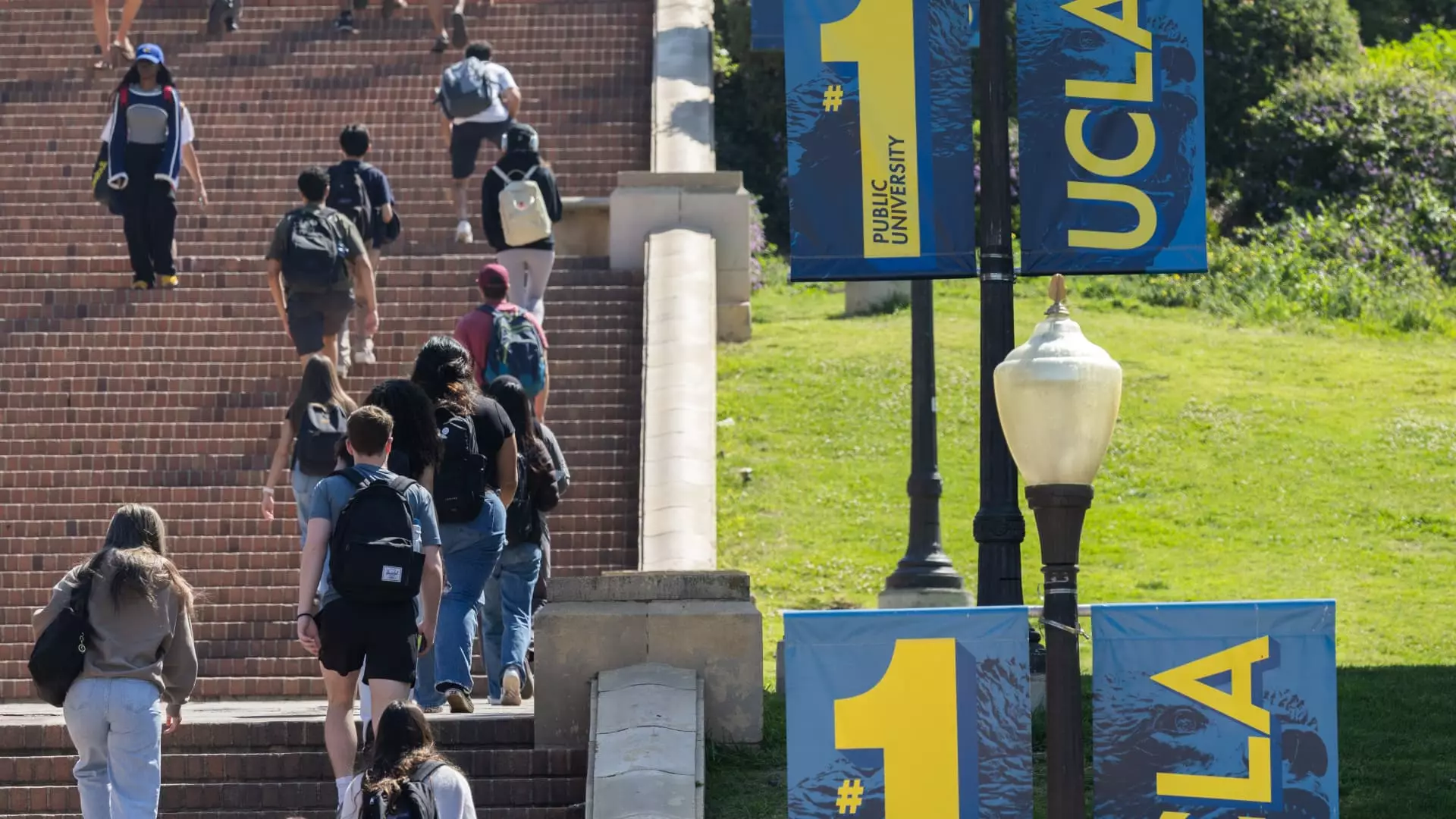In an era where tuition fees soar unchecked, the confidence of hopeful families in their ability to afford college is increasingly misplaced. Many parents, driven by optimism and societal pressure, believe they are prepared for tuition bills that often feel insurmountable once they materialize. Yet, studies reveal a stark disconnect: while almost six out of ten parents feel assured at enrollment, only a fraction genuinely understand the financial cliff they are about to face. This growing “confidence gap” exposes a fragile trust in the system that is fundamentally failing to deliver affordable education. The illusion of preparedness masks a deeper systemic problem—one amplified by stubbornly rising costs and inadequate aid.
The crux of the issue lies in the dissonance between perceived readiness and stark reality. Parents tend to overestimate their ability to cover college expenses through savings, grants, or federal aid. What they don’t realize is that federal aid lags behind the relentless inflation of tuition, leaving families to shoulder increasingly hefty bills. Unfortunately, this gap is widening alarmingly, and the result is a financial strain that plunges families into debt or forces difficult decisions about whether higher education remains a viable goal at all.
The Ever-Expanding Price Tag and Its Implications
Since the 1980s, college costs have surged well beyond the pace of inflation, transforming higher education from a manageable investment into an overwhelming financial burden. The average annual tuition now surpasses $30,000, a figure that climbs higher at elite institutions. Cumulatively, the cost to attend some prestigious universities exceeds $100,000 per year—a staggering amount for most families. While scholarships and grants offer relief, they often fall short of bridging the budget gap, leading to an increased reliance on student loans. This dependence cultivates a dangerous cycle—more debt, more stress, and a diminished sense of security.
The role of student debt in shaping public perception is profound. With decades of rising costs, students are entering the workforce already burdened by insurmountable loans, fueling dissatisfaction and skepticism about the worth of higher education. The narrative that college is a guaranteed pathway to prosperity is being challenged, as mounting debts threaten future financial stability. Meanwhile, policymakers have struggled to keep aid programs aligned with each year’s rising costs, further eroding trust in the system’s efficacy.
The Myth of Savings and the Underutilization of Aid
Despite the abundance of savings vehicles like 529 plans, their potential remains largely unrealized. Public awareness is dismal; many parents either misunderstand the purpose of these accounts or are simply unaware of their existence. Recent surveys underscore a troubling trend: fewer than one-quarter of parents hold 529 accounts, and nearly half have never even heard of them. Even among those who do save, the amount set aside is often insufficient to cover total costs, creating an ominous “funding gap” that persists regardless of efforts.
Furthermore, the prevalent reliance on federal aid like FAFSA is not matching the scale of needs. Slight declines in application rates suggest that fewer families are seeking or receiving support, often due to lack of awareness or misconceptions about eligibility. This deficiency underscores a broader failure of the education system to inform families about financial planning strategies that could alleviate costs, such as utilizing 529 accounts or understanding the broad scope of aid programs.
The Disturbing Shift in Educational Aspirations
The escalating costs have begun to deter the very students who once viewed college as an essential investment in their future. A growing sense of disillusionment fuels a counter-movement: opting out of traditional higher education altogether. Many young adults are reevaluating their pursuit of expensive degrees, seeking alternative routes like vocational training, apprenticeships, or starting entrepreneurial ventures. Their skepticism is rooted in the harsh economic reality that rising debt can hinder lifegoals and confine them to lifelong financial struggles.
Parents and educators must acknowledge that the current model of education financing is unsustainable. The notion that college remains an accessible, surefire ticket to economic stability is increasingly flawed. Instead, the focus should shift towards making higher education more inclusive and affordable—whether through policy reforms, transparent financial education, or expanding accessible vocational programs. Without significant change, the cultural and economic promise of college risks becoming a relic of the past, replaced by a landscape characterized by debt, disenchantment, and missed opportunities.

